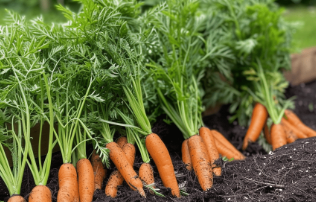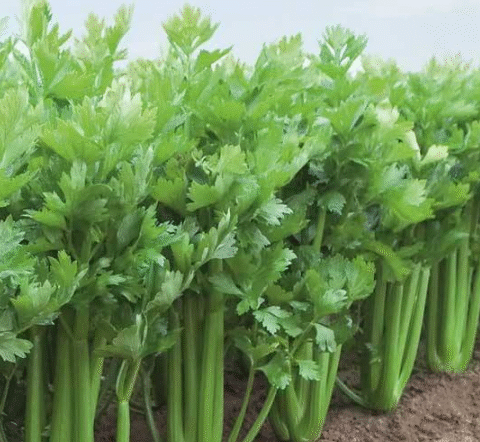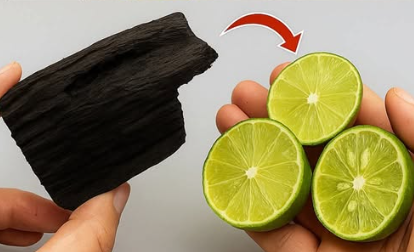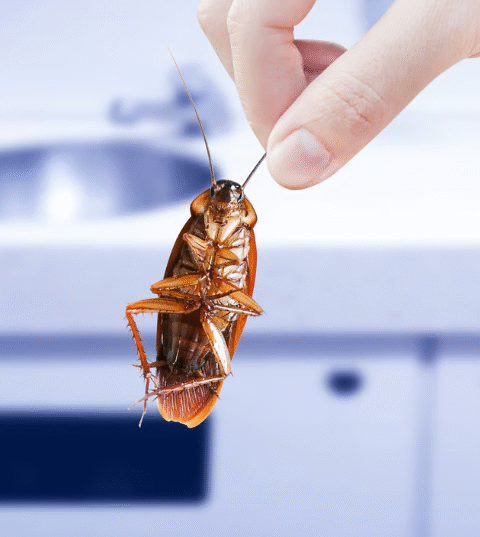How to Grow Carrots for Vibrant Blooms All Year Long 🌸🥕
When most people think of carrots, their minds go straight to the sweet, crunchy orange roots that end up in soups, salads, and juices. But carrots have another secret: if you allow them to complete their full life cycle, they produce gorgeous, lacy blooms reminiscent of Queen Anne’s lace. These delicate, umbrella-shaped flowers bring a wildflower charm to any garden and can be enjoyed alongside your vegetable harvest. In this guide, we’ll dive deep into how to grow carrots not only for their edible roots but also for their ornamental beauty—year-round. 🌿✨
Why Let Carrots Bloom? 🌼
Most gardeners pull carrots before they ever have a chance to flower. However, allowing a few to bolt can offer surprising benefits:
- 🌸 Decorative Wildflower Look: The feathery, white umbels add texture and elegance to ornamental beds.
- 🐝 Pollinator Magnet: Carrot flowers attract bees, butterflies, and beneficial insects.
- 🌱 Seed Saving: Blooms mature into seeds you can harvest for next year’s planting.
- 🎨 Garden Aesthetics: Their airy blooms fill garden gaps beautifully.
- 💐 Cut Flower Potential: Perfect for delicate floral arrangements indoors.
Choosing the Right Carrot Varieties for Blooms 🌱
While all carrot plants will eventually bloom if left unharvested, some varieties are better suited for ornamental flowering. Heirloom and open-pollinated types are especially prized because they produce viable seeds and attractive blossoms.
Top Varieties to Try
- Danvers: A classic heirloom known for reliability in both root and bloom production.
- Parisian: Small, round roots that bolt easily, perfect for early blooms.
- Cosmic Purple: Adds vibrant color underground and beautiful blooms above.
- St. Valery: Large roots and tall flower stalks for maximum impact.
- Chantenay Red Cored: Great for root harvest, but also striking in bloom form.
Planting for Year-Round Carrot Blooms 🌞❄️
To enjoy carrot blooms all year long, strategic planting is key. Carrots are biennials, meaning they typically flower in their second year after a cold period (vernalization). With a little planning, you can stagger your plantings to ensure blooms in every season.
Step 1: Understanding Carrot Life Cycle
Carrots grow leafy tops and roots in their first year. If left in the ground through winter (or given a simulated cold period), they send up a tall flowering stalk the next spring or summer. This means you’ll need to either overwinter your carrots or plant them in a way that allows natural blooming cycles to overlap.
Step 2: Staggered Planting Schedule
Plant carrots every 2–3 months. This way, you’ll always have some maturing into blooms while others are still producing edible roots.
Step 3: Overwintering for Early Spring Blooms
In cold climates, mulch carrots heavily and leave them in the ground over winter. In warm climates, simulate winter by digging up roots, chilling them in a refrigerator for 6–8 weeks, then replanting.
Expert Insights 🧠
Dr. Leila Nour, Horticultural Botanist at the GreenLife Institute, explains: “When you allow carrots to flower, you’re supporting biodiversity in your garden. These blooms feed beneficial insects, and the plants themselves can act as natural companions to deter pests.”
Prof. Mark Benson, Sustainable Agriculture Specialist, adds: “Year-round blooms are achievable with careful succession planting. The key is to manage your beds so that a portion of your carrot crop is always in its second year.”
Soil & Care for Healthy Blooms 🌾
- Soil: Loose, sandy loam, rich in organic matter.
- pH: Slightly acidic to neutral (6.0–7.0).
- Water: Keep soil evenly moist; avoid waterlogging.
- Sunlight: Full sun for best bloom production.
- Fertilization: Avoid high-nitrogen fertilizers after roots form; switch to a bloom booster (high in phosphorus and potassium).
Nutritional & Health Benefits of Carrots 🥕
| Nutrient | Amount per 100g | Health Benefits |
|---|---|---|
| Vitamin A | 835 μg | Supports vision and immune function |
| Fiber | 2.8 g | Aids digestion and gut health |
| Vitamin K1 | 13.2 μg | Bone health and blood clotting |
| Potassium | 320 mg | Helps regulate blood pressure |
| Antioxidants | High | Reduces inflammation and oxidative stress |
10 FAQs About Growing Carrots for Blooms ❓
- Do carrot flowers affect the root taste? Yes, once a carrot bolts, the root becomes woody and bitter.
- Can I eat carrot flowers? Yes, they are edible and can be used as a garnish, but have a mild, herbal flavor.
- Will all carrot plants bloom in the same season? Not unless planted and vernalized at the same time.
- Do blooming carrots attract pests? They can attract aphids, but also beneficial predators like ladybugs.
- How tall do carrot flowers get? Between 2–4 feet depending on variety and growing conditions.
- Can I use store-bought carrots to grow blooms? Usually not, as they may not be viable for regrowth.
- How long do carrot blooms last? Typically 2–3 weeks before setting seed.
- Do carrot flowers cross-pollinate with other plants? Yes, they can cross with Queen Anne’s lace.
- When is the best time to collect carrot seeds? When flower heads turn brown and dry.
- Can I grow carrot blooms in pots? Yes, but choose deep containers for healthy root development.
Final Thoughts 🌟
Carrots aren’t just for eating—they can be a stunning part of your ornamental garden too. By choosing the right varieties, staggering your planting, and giving your plants proper care, you can enjoy their airy, delicate blooms all year long. Plus, you’ll be helping pollinators, saving seeds, and adding natural beauty to your space. Whether you’re a seasoned gardener or a beginner, carrot blooms offer a unique and rewarding gardening experience. 🌸🥕






